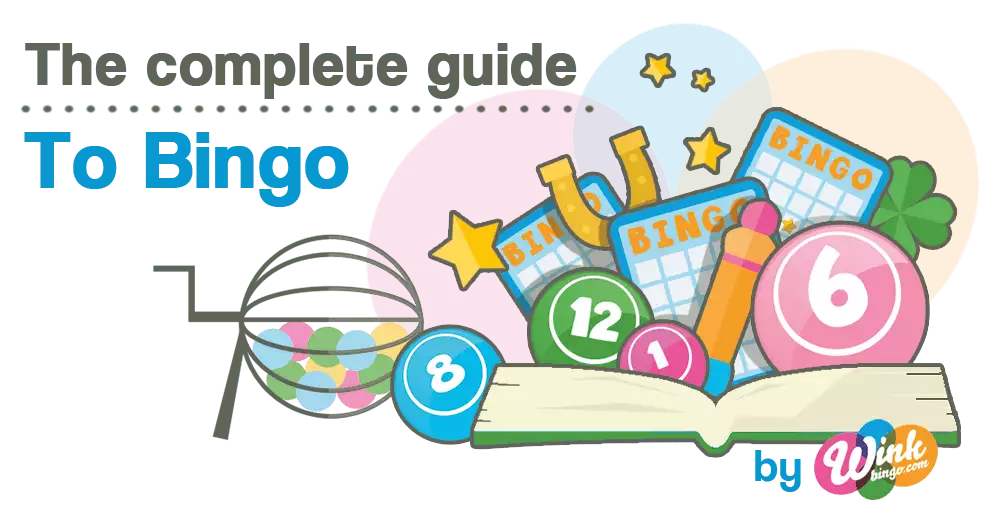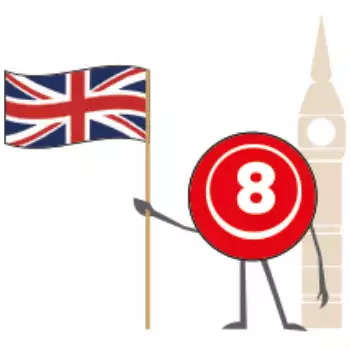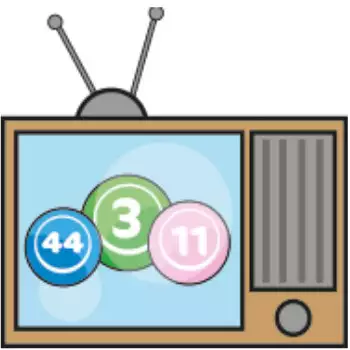Chapter Two: Bingo in Our Society

A Nice Game to a Household Name
In this chapter we will cover:
- Bingo's social roots
- Whether or not bingo is a form of gambling
- Bingo during World War II
- Bingo and the holiday camp era
- Bingo as a cultural icon
- Bingo's modern renaissance and move online

Although more pronounced in recent decades than it once was, the history of bingo is littered with examples of how the game has woven its way into the fabric of society. Indeed, during the game's early evolution it became an educational tool in Germany. In later years, bingo was an iconic part of carnival culture in the US before it found its way to the UK where it ingratiated itself into a number of cultural realms.
Bingo's Absorption into Modern Culture
Unlike traditional games that require the player to assume an element of risk, such as casino games, bingo is considered a low-risk proposition. Although odds and variance still have a bearing on the game in the same way they do for options such as blackjack or roulette, the stakes involved in bingo are a lot lower.

Instead of participants having to ante-up £5 per betting round (where a round lasts for less than 30 seconds), a single game of bingo (which can last for 10 minutes or more in a live setting) will cost roughly the same price. This dynamic means that bingo has come to be known as a low-risk option that is much more akin to casual gaming than serious gambling.
Because bingo offers a more accessible and acceptable way to risk money in the pursuit of prizes, it has been more readily absorbed into modern culture. Through a combination of older players and church groups, to young participants and modern websites, bingo has become a familiar symbol in British culture and beyond.
Bingo as a Cultural Icon
One of the main social circles bingo has become a part of over the last 60 or more years is charity. During World War II, bingo was used both as a way to occupy the troops in between battles and raise morale for those at home. In fact, we know that bingo was used as a form of entertainment for the troops thanks to reference to military culture within the game.

Much like popular bingo phrases such as Jump and Jive (35), Key to the Door (21) and Dancing Queen (17), which are all nods to modern cultural icons, the call "Doctor's Orders" is used to refer to the number nine. Why? Because that was the number written on the laxative tablet given to soldiers during WWII (for more on bingo lingo, see Chapter 12).
This symbiotic relationship between bingo and modern culture (through which each impinges on the other) has reinforced the popularity of bingo in modern culture. Moreover, through its popularity among military personnel, bingo was able to proliferate across Europe and North America as allied troops returned home.
Post-WWII Bingo's Cultural Significance
After the conclusion of WWII in 1945, bingo quickly spread across Europe and North America. However, in the UK it remained a casual pursuit thanks to the absence of any codified gambling laws. Nonetheless, bingo was able to prosper thanks to the holiday camp culture that dominated the country throughout the Fifties, Sixties and Seventies.

With the war over and spirits high, many more Britons were able to take vacations and that led to a boom in British holiday camp operators such as Butlins. Designed to be a one-stop-shop for a family's entertainment and leisure needs, holiday camps used bingo as a way to keep their patrons entertained.
Interest in bingo remained high heading into the Sixties and by the time the UK passed the Betting and Gambling Act of 1960, the country was gripped by the game. With bingo halls now legal across the country and the number of cinemas dropping from 4,500+ to 3,000 due to the popularity of TV, they began to find a home in these empty venues.
As bingo pushed its way further into the public's consciousness, a number of cultural mediums began to use the game as a motif:
- Bob's Full House
The BBC game show, presented by Bob Monkhouse, was first aired in 1984 and was one of the most visible examples of bingo's influence on popular culture. It featured four contestants who had to answer questions in order to fill their bingo card.
- Lucky Numbers
The format for Bob’s Full House was later adopted as the basis for shows, including ITV's 1995 programme Lucky Numbers.
- National Bingo Night
Similarly, in the US bingo also had an influence on TV thanks to shows such as National Bingo Night.
Bingo in Today's Society
Following the use of bingo on TV in the Eighties and Nineties, the game has since lent its name and structure to a slew of entertainment shows, such as BBC Radio 1's Innuendo Bingo. In keeping with this ability to move with and influence the times, bingo has become an online entity in recent years and its image has changed as a result.

Where it was once a game played by elderly people with a few pounds to spare, bingo is now "trendy" and something enjoyed by players of all ages. Bingo is now as relevant as it has ever been due to a combination of: - Celebrity endorsements - Mass media campaigns - Mobile apps
Moreover, with more young people engaging with the game, its charitable virtues are once again coming to the fore. Instead of being used by churches and village councils to raise funds for local events, bingo is now used as a fundraising tool for major organisations such as Cancer Research UK and Breast Cancer UK.
Although bingo's popular calls and phrases still offer a glimpse into past cultures, it is likely that future generations will take popular icons of today and use them to enliven the game's numbers, proving, once again, that bingo is as much a part of everyday culture as it is a game in its own right.








